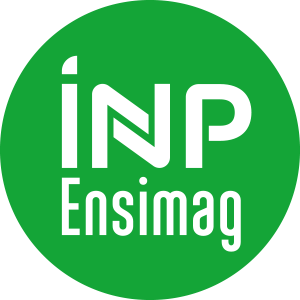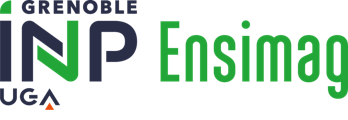Number of hours
- Lectures 18.0
- Projects -
- Tutorials -
- Internship -
- Laboratory works -
- Written tests -
ECTS
ECTS 1.5
Goal(s)
The course main objective is to provide general knowledge in multimedia content management. The course builds on previous theoretical assets, e.g. signal processing, information theory, networking and computer science at large, to describe how practical constraints drive design choices of a multimedia system.
This course shall focus more specifically on multimedia contents compression and protection. A practical work (using the C language) on digital image watermarking summarizes most of the issues encountered in the course.
Francois CAYRE
Content(s)
Refresher (probabilities, information theory)
Source coding (Huffman, arithmetic, dictionaries)
Quantization (scalar, uniform and non uniform, vector quantization, LBG)
Elements of image processing (filters: derivative, integral, rank, feature points, noise and its applications)
Watermarking (applications, feature vector, quantization vs. BPSK embedding, spread spectrum, side-information, embedding security), traitor tracing (introduction, Tardos probabilistic codes, application to video)
Most of the theoretical tools needed will be summarized during the course.
For the practical work, decent knowledge in C programming in the Unix environment in required.
EXP: Presentation
TP: Practical works
EXAM: Written examination, 2hrs, no documents nor electronic devices allowed
- MCC en présentiel **
N1=20%EXPOSE+30%TP+50%EXAM
N2=EXAM2
- MCC en présentiel **
- MCC en distanciel **
N1 = 40%EXPOSE+60%TP
N2 = TP
- MCC en distanciel **
The course exists in the following branches:
- Curriculum - Math. Modelling, Image & Simulation - Semester 9
Course ID : 5MMMULT
Course language(s): 
The course is attached to the following structures:
You can find this course among all other courses.
Ingemar Cox, Matthew Miller, Jeffrey Bloom, Jessica Fridrich and Ton Kalker, "Digital Watermarking and Steganography", 2nd Edition, Morgan Kaufmann Ed., 2007.



